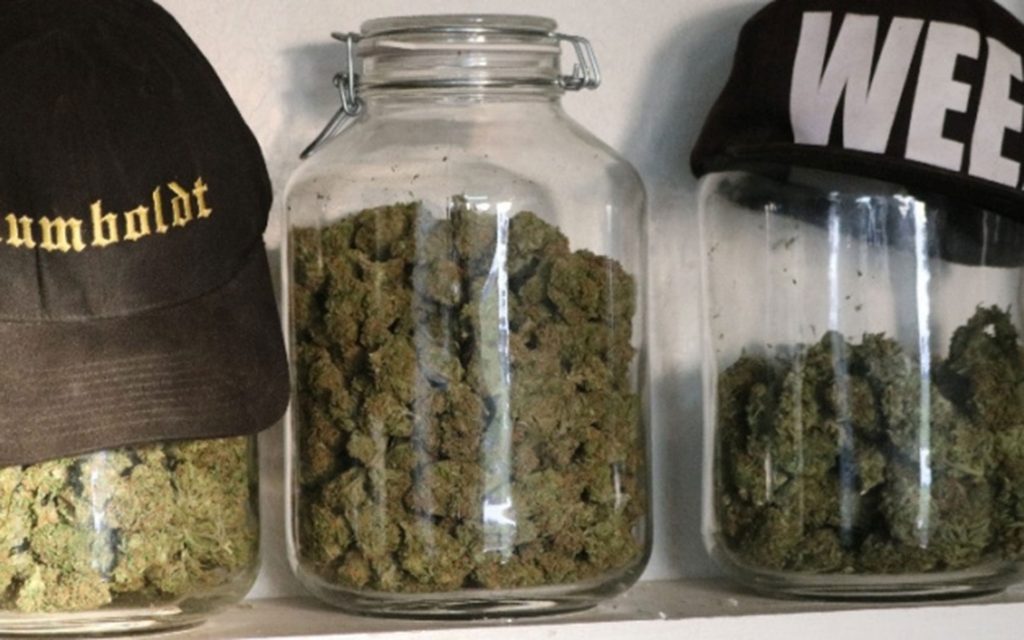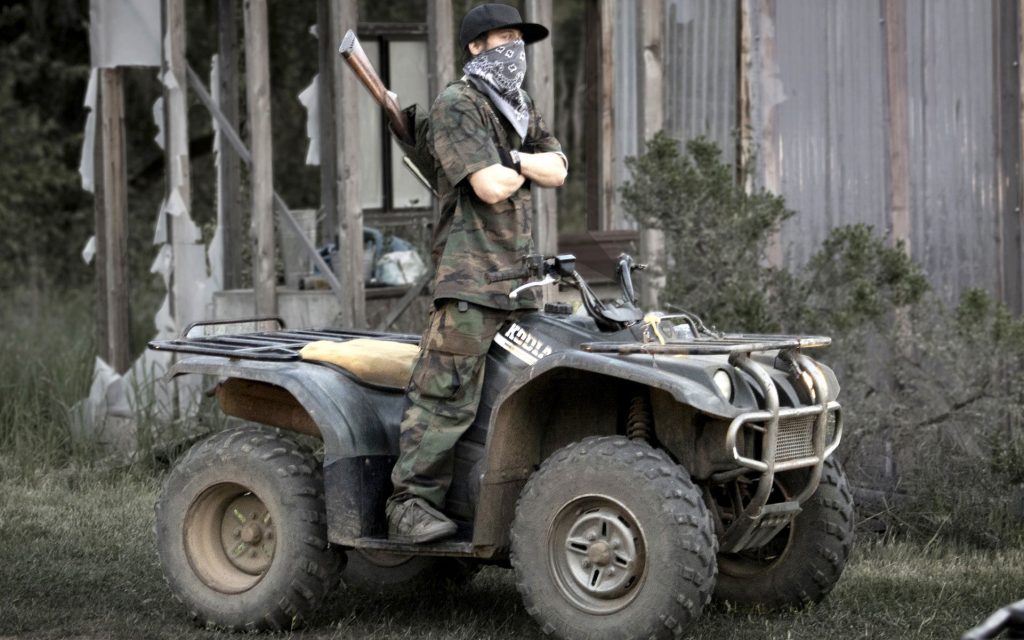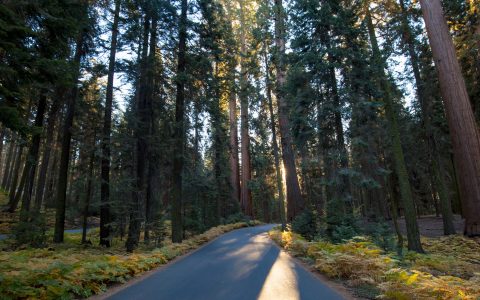The cannabis industry collides with gritty true crime drama in the latest Netflix docu-series Murder Mountain. The 6-part series traces the case of a Southern Californian man who, like many others, has gone missing in Humboldt County. His last known whereabouts: a cannabis farm in the heart of the Emerald Triangle.
Without spoiling any of the twists and turns of the series, Garret Rodriguez, looking to make enough cash to finance his dream of living beachside in Mexico, joins a community of cannabis farmers in the remote hills of Humboldt County. Hippies, outcasts, and outlaws have all flocked to the area for decades. The secluded hills of the region are the perfect place for people to distance themselves from the pitfalls of modern society.
So in 2013, 29-year-old Rodriguez goes missing, and the reports fall on the deaf ears of local police. With few other options, the tight-knit community of outlaw farmers band together to protect their community and way of life.
This winding tale of murder, greed, and the pursuit of justice is enthralling and well worth a binge-watch from start to finish. But before you do, it’s important to have some additional context of the region’s connection with cannabis.
Here’s a few things you should understand and consider as you watch Murder Mountain.
Cannabis on Murder Mountain
 (Netflix)
(Netflix)
Alderpoint, California, in the remote Emerald Triangle, is protected by thick redwood forests, and historically low property values have made it a prime location for homesteading. Living off-the-grid comes with its own costs though, and eventually economic resources become necessary to continue living the idyllic lifestyle that brought people to the region in the first place. Enter cannabis.
In retrospect, an outlaw attitude, coupled with the climate and privacy of Humboldt’s rugged terrain, make cannabis farming an obvious choice. Small communities and families can live off their own land and farm enough cannabis to continue to live their untethered lifestyle.
Everything seemed so simple until Reagan declared the “War on Drugs” and an all-out offensive hit the region throughout the 1980s, ‘90s, and in some ways, continues to this day.
Even after California passed the nation’s first medical cannabis legislation in 1996, the military-style raids didn’t stop. If anything, the federal government clamped down harder. This full-on assault continued to fracture the community and as a result, the relationships between local government, the authorities, and the self-sufficient community of outlaw farmers eroded to the point where neither side was willing to work together.
Blame Prohibition
Throughout the series, much of the conflict is painted as a result of cultivating cannabis and the outlaw community that has embraced it. The reality is that this tragedy is a microcosm of the harsh realities that the prohibition of cannabis has given rise to. It’s a prime example of the negative effects prohibition has had on our society and its citizens.
The reality is that this tragedy is a microcosm of the harsh realities that the prohibition of cannabis has given rise to.
Historically, the most dangerous aspect of cannabis is the fact that it is illegal in the US. This illegal status has provided incentive for black market operators and criminals to infiltrate a generally peaceful community.
Outlaws vs. Criminals
The cannabis farmers of the Emerald Triangle will be the first to tell you, they are outlaws, not criminals. With their outlaw ethos, they’ll do what they feel in their hearts is right and just, regardless of what the law says. A criminal, they argue in the series, is someone who knowingly breaks the law with the intent to harm another party.
To me, growing and consuming cannabis has been the simplest and most accessible form of civil disobedience. You can do it from the privacy of your own home. It doesn’t make you a bad person and it certainly doesn’t mean that you intend to harm anyone. For the most part, these farmers just want to be left alone and allowed to live freely without having the foundations of liberty that our nation affords its citizens undermined.
Don’t get me wrong, there are plenty of shady operators working within the cannabis industry, legal or not. The Netflix series even shares some of those stories. Luckily, as regulation is implemented, more and more corrupt operations are squeezed out, giving you all the more reason to support your local, licensed cannabis farmer.
 (Netflix)
(Netflix)
It Could Happen Anywhere
Garret, his family, and the community of Alderpoint, California, are all people, and while we as viewers might be captivated by the narrative, it’s important to not lose sight of their humanity. This series of tragic events takes place on and around cannabis farms, but violence is not unique to Humboldt County. Gun violence, human trafficking, greed, and hard drugs are other issues in the county and issues we are faced with across the United States and our global community.
These issues certainly aren’t isolated to cannabis cultivation or consumption. Many places known for producing an illicit substance have these same issues as well. The common thread in these instances is the fact that the substance, in this case cannabis, is prohibited.
Legalization Offers Opportunity
From a storytelling standpoint, I really enjoyed the Murder Mountain series. It’s a good reminder that even with all the good that cannabis can bring, the business is not immune to tragedy. But the series doesn’t paint a complete picture of cannabis farmers in Humboldt and the Emerald Triangle.
Historically, the area in and around Humboldt County has struggled economically, especially when the logging industry took a nosedive in the 1990s. As that industry was failing, the cannabis industry was just getting its start toward legitimacy. Now that California has enacted adult-use laws, embracing cannabis could help the area recover economically.
There will still be plenty of seasonal work during the fall harvest in the Emerald Triangle, but instead of hiring hippies to work in questionable environments for the lowest price possible, permitted farms with documented workers will become the norm. With these changes come legal recourse for unfit working conditions and other poor business practices. And as the series depicts, environmental issues have increased, exacerbated by nefarious “green rushers” during their race toward profit.
From an industry perspective, regulators, politicians, cannabis businesses, and even consumers have a lot of work to do before a fully-functioning adult-use market can succeed, especially in Northern California, an area that has supplied a majority of our nation’s cannabis.
This series, and the story of Garret Rodriquez, reinforces the problems that arise from cannabis prohibition and the importance of knowing where your cannabis comes from and how it’s produced. So, if you don’t like what you are seeing from cannabis growers, brands, or other corporate interests, support the farmers and businesses who are doing it right.














